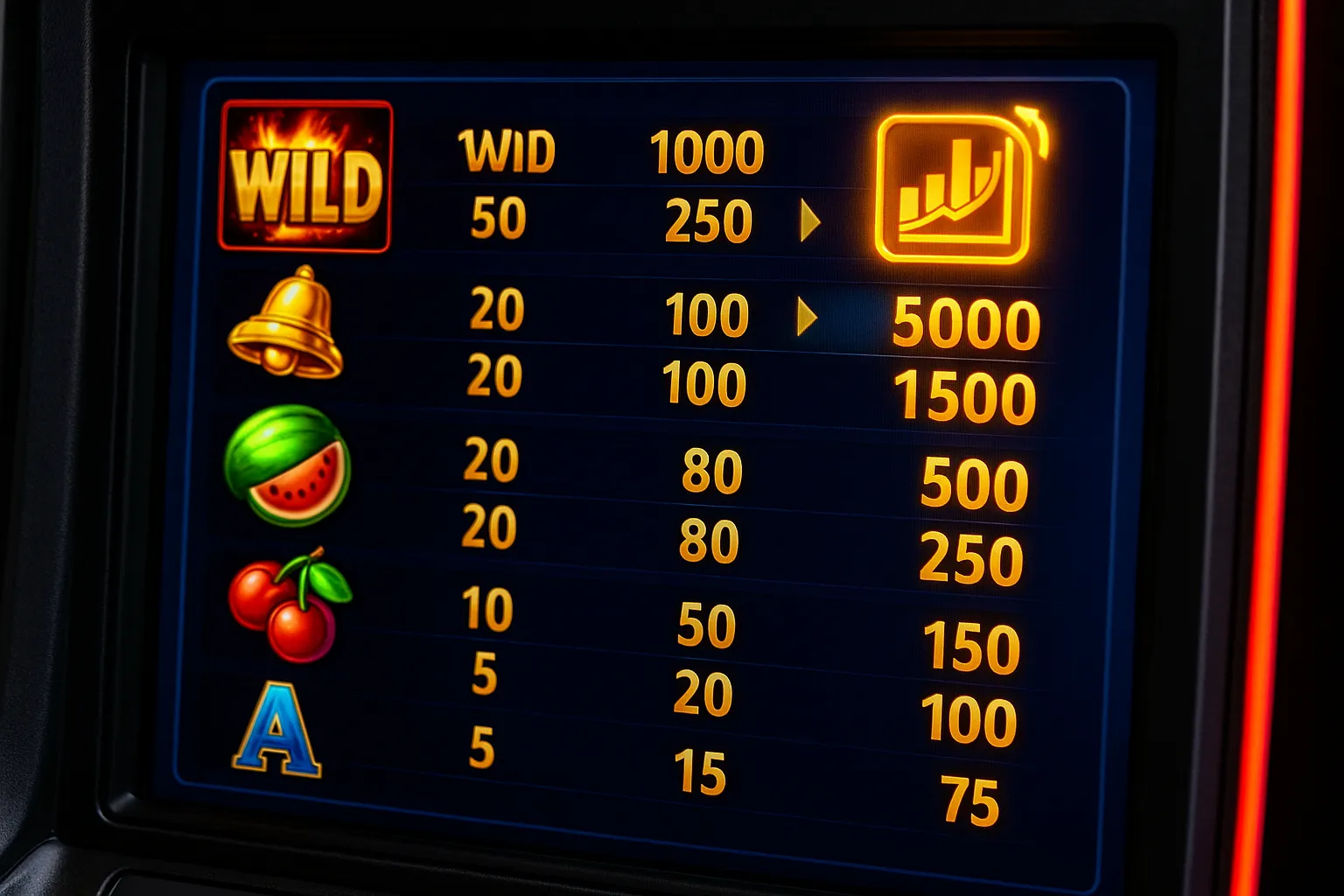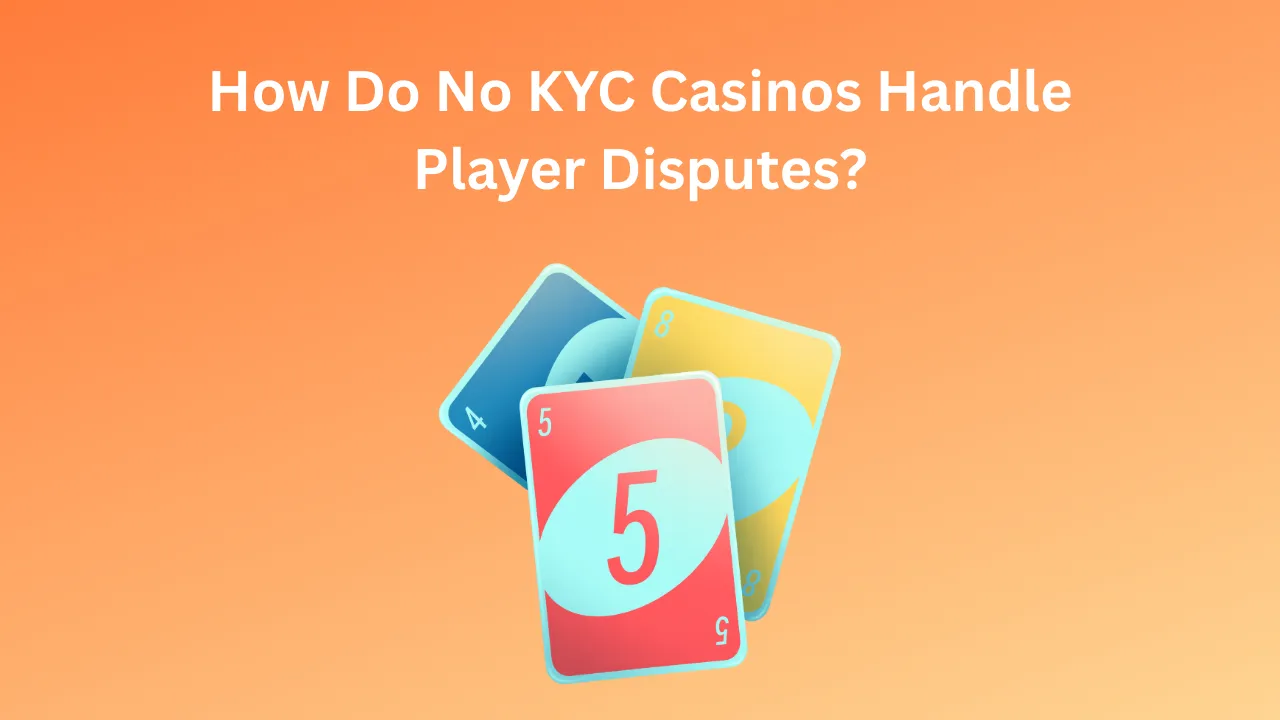I still remember the day I stumbled upon a live update to a slot’s paytable. I was engrossed in a new release, watching the animated symbols cascade across the screen, when suddenly the payout values shifted right before my eyes. My curiosity was piqued: was this a glitch, a bug, or something more deliberate? Over the years, I’ve tracked how studios push new features into live games, tweaked odds, and fine-tuned mechanics while millions of spins are underway. In this post, I’ll share what I’ve learned about live paytable updates, the technical and regulatory backdrop, real-world examples—including the surprising role of the aviator game—and practical tips for players who want to know exactly where their odds stand.
What Is a Live Paytable Update and Why It Matters
At its core, a slot paytable is the roadmap of rewards for each combination of symbols. Traditionally, those tables were set in stone when the game launched. But as casinos and game developers integrate more sophisticated server-client architectures, parts of a game can now be modified on the fly. When a paytable update goes live, it means the studio has pushed new payout values—often adjusted behind the scenes—without requiring a full software download on the player’s side.
These updates can be minor tweaks (e.g., bumping a minor symbol’s payout from 20 to 25 credits) or significant overhauls designed to breathe new life into a mature title. For the operator and developer, live updates allow fine-tuning of game balance, targeted promotions, or compliance with new regulatory requirements. For players, however, it can feel like something has changed mid-session—and it raises an important question: should you trust that the odds you signed up for remain intact?
How Live Updates Are Technically Implemented
Behind the sleek interface lies a client application on your computer or mobile device and a server infrastructure that manages game logic. While the reels and random number generation (RNG) typically happen client-side or in a hybrid model, paytable data can be hosted server-side. When a developer issues an update, the server swaps in the new paytable file; the next spin you request fetches parameters reflecting the change.
This method offers agility: developers can issue urgent fixes (such as removing a bugged symbol), push seasonal events (increasing payouts for themed symbols), or adhere to local regulations that mandate certain payback percentages. To maintain player trust, reputable sites announce scheduled maintenance or push notices when significant updates occur, but smaller changes can slip through without fanfare.
Real-World Example: Regulatory-Driven Updates
I once audited a European operator who faced new legislation requiring minimum return-to-player (RTP) ratios of 96%. A popular game in their catalog had an RTP of 95.2%. Instead of delisting the slot—which would alienate loyal players—the studio rolled out a live update to boost key symbol payouts by a fractional percentage. Overnight, the game complied with the new rule, all while preserving its core theme and mechanics.
On a related note, some crash-style titles like the aviator game have seen real-time tweaks to their multipliers and crash-frequency curves. These games live on servers that continuously feed new parameters to clients, adjusting gameplay in response to performance metrics or responsible-gaming triggers. A developer might, for example, reduce the frequency of very high multipliers if they detect unusual win distributions, ensuring the house edge remains stable.
When and Why Players Notice Paytable Shifts
In my early years reviewing online casinos, I’d occasionally see community forums light up with claims that a slot “felt different”—symbols weren’t paying as they used to, or bonus features triggered less often. Most of the time, these anecdotes were down to variance. But every so often, it truly was a live update. Gamers who track paytables via screenshots or third-party tools can notice the change immediately.
Major updates are often accompanied by patch notes on developer websites. For instance, NetGaming Studios famously issued a bulletin when they revamped their hit title Midnight Serenade, warning that trophy symbols would now pay up to 1,200 credits instead of the previous cap of 1,000. In contrast, smaller studios or black-market operators might make changes without disclosure—something I generally advise players to avoid by sticking to licensed, transparent casinos.
Spotting and Verifying Live Paytable Changes
If you suspect a paytable has shifted, the first step is to capture a screenshot of the current table. Next, filter your chosen casino’s game history or help section for patch logs. Some modern platforms, like those certified in the UK, include a “Last Updated” timestamp on game info pages. If you still have doubts, sites often link to the developer’s homepage—where full update change logs reside.
Without direct logs, third-party review sites sometimes archive paytable snapshots. While these are helpful, always trust the data from the casino itself first. When I test slots, I keep a personal log of paytable values; if I fire up a game and see unexpected values, I know immediately something has changed.
The Player’s Perspective on Live Updates
From a player’s viewpoint, live paytable updates can be both boon and bane. On one hand, you might benefit from improved payouts or new bonus features delivered seamlessly. I recall a holiday event update on a beloved fruit-themed slot that temporarily doubled the wild-symbol multiplier—without any downloads—making my Christmas spins the most rewarding I’d ever had.
On the flip side, updates can reduce your expected return if they lower payouts or restrict free-spin triggers. That’s why savvy players monitor community discussions and patch notes before investing large sums. If a slot you love sees a live update you’re not comfortable with, most casinos allow you to stick with the old version for a limited time or disable the game entirely from your favorites list.
Responsible Gaming and Live Changes
Operators concerned with responsible gaming sometimes deploy live tweaks to dampen excessively hazardous paytables. For example, if a crash-style aviator game shows patterns prone to extreme loss-chasing, the operator can soften the payout curve on the fly, leveling out big swings that could harm vulnerable players. While some might gripe about losing the old thrill, these measures underscore a commitment to safer play.
Balancing Transparency and Innovation
The ideal scenario for both sides is maximum transparency paired with the flexibility to innovate. Renowned studios now publish detailed change logs, notify players in advance, and offer rollback options if an update proves unpopular. That way, you can enjoy fresh content—like seasonal paytables or community-driven features—while always having the option to revert or opt out.
Conclusion: Staying Informed Is Key
Are slot paytables ever updated live? Absolutely—and increasingly so. From regulatory tweaks to promotional spikes and responsible-gaming adjustments, live updates allow the industry to evolve without forcing players into lengthy downloads. As a player, you can safeguard your experience by checking timestamps on game pages, keeping records of paytable values, and staying plugged into official update channels. When you spot a change—good or bad—you’ll be ready to decide whether to spin on or cash out.
Meta Title:
Live Slot Paytable Updates: What Players Need to Know
Meta Description:
Discover how and why slot paytables update live, with expert tips, real examples, and insights for responsible, informed play.








